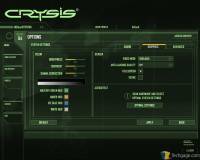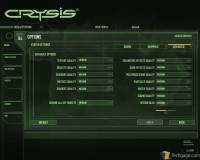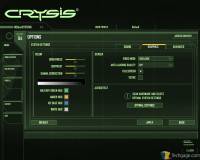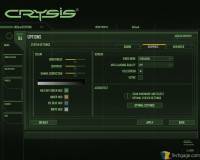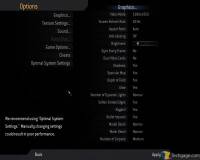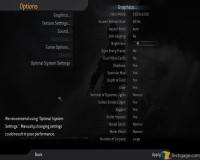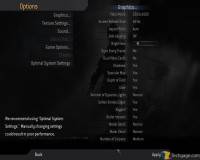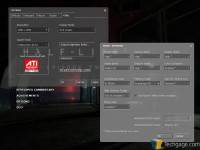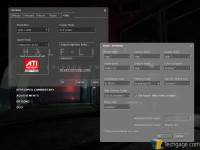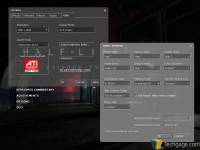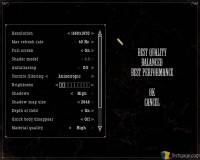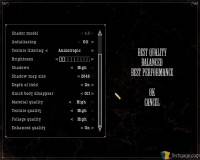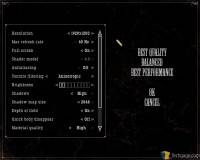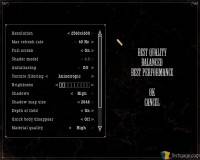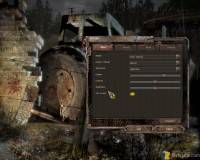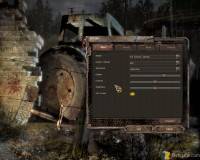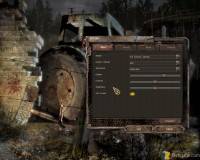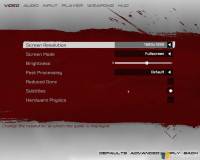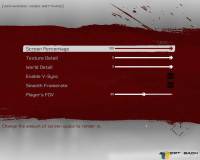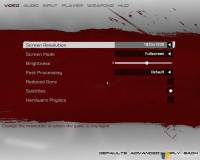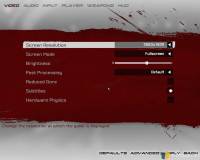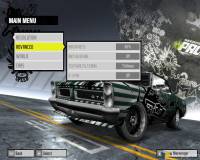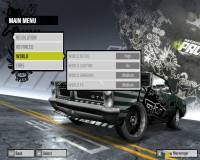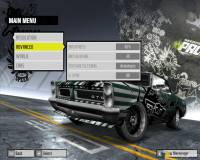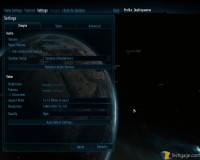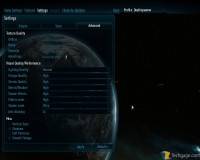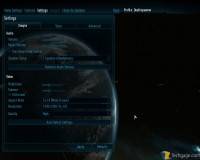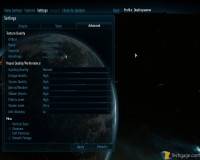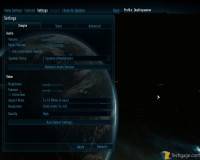- Qualcomm Launches Snapdragon 4 Gen 2 Mobile Platform
- AMD Launches Ryzen PRO 7000 Series Mobile & Desktop Platform
- Intel Launches Sleek Single-Slot Arc Pro A60 Workstation Graphics Card
- NVIDIA Announces Latest Ada Lovelace Additions: GeForce RTX 4060 Ti & RTX 4060
- Maxon Redshift With AMD Radeon GPU Rendering Support Now Available
Palit Radeon HD 4870 512MB
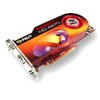
If you’ve been holding off on an upgrade for a while, there’s no reason to continue if a gaming addiction is pulling at your sleeve. The selection for mid-range cards right now is ideal, and anything you pick up will deliver good performance for the money. The best card for the buck right now might be the HD 4870, and we take Palit’s version for a spin to find out why.
Page 2 – Testing Methodology and Test System
Regardless of the operating system or product being reviewed, there are a few conditions that are met prior to testing to assure we receive accurate, repeatable results.
- Desktop and scrap files are cleaned up, including emptying of recycle bin/trash.
- No virus scanner or firewall is installed.
- Internet is disabled.
- Computer has proper airflow and room temperature is 80°F or less.
- Hard-drives affected by testing are defragged using Diskeeper 2008 before each fresh run.
Below is our testbed, which remains untouched throughout all GPU-related testing, except for the graphics card. Each card that we include results for in our graphs is also listed here, along with the driver version used. Each URL in this table can be clicked to bring you to the respective review or related category.
|
Component
|
Model
|
| Processor |
Intel Core 2 Extreme QX9650 – Quad-Core, 3.0GHz, 1.30v
|
| Motherboard |
ASUS Maximus Extreme – X38-based, 1104 BIOS (07/23/08)
|
| Memory |
OCZ 2GB Titanium DDR3-1600 – DDR3-1333. 7-7-7-20-1T, 1.90v
|
| ATI Graphics |
Palit Radeon HD 4870 X2 2GB (Catalyst 8.52.2-080722a Beta Driver)
Palit HD 4870 512MB (Catalyst 8.8) ASUS EAH4850 512MB (Catalyst 8.6 Hotfix) ASUS EAH3870 X2 1GB (Catalyst 8.3) ASUS EAH3850 TOP 256MB (Catalyst 8.2) |
| NVIDIA Graphics |
Palit GTX 280 1GB (GeForce 177.41)
ASUS EN9800GTX 512MB (GeForce 174.53) Palit 9600GSO Sonic 768MB (GeForce 174.53) Gigabyte 9600 GT 512MB (GeForce 174.53) ASUS EN8800GTX 768MB (GeForce 169.25) ASUS EN8800GTS 512MB (GeForce 169.25) Palit 8800GT Super+ 1GB (GeForce 169.25) |
| Audio |
On-Board Audio
|
| Storage | |
| Power Supply |
Antec TruePower Quattro 1000W
|
| Chassis | |
| Display | |
| Cooling | |
| Et cetera |
In previous GPU reviews, we’ve used Windows XP Professional due to its stability (when compared to Vista), but as Vista becomes increasingly popular and the choice for many, it makes sense for us to make the switch as well. We choose to use the 64-Bit version of the OS due to it being the logical choice for gamers who want to use more than 2GB of RAM in their machine.
Game Benchmarks
Depending on the graphic card being reviewed, we split up models into two different categories: Low-End to Mid-Range and Mid-Range to High-End. The former will see the GPUs tested using 1280×1024 and 1680×1050 resolutions, since those are the most common resolutions for gamers looking to purchase a GPU in that price-range.
For our Mid-Range to High-End category, we test GPUs at 1680×1050, 1920×1200 and also 2560×1600 to better reflect the resolutions for those looking for a solid GPU offering.
We do not use time demos in our reviews except where necessary, and in the case of our current GPU reviews, the only game to be subject to a time demo is Enemy Territory: Quake Wars. This is due to that game disallowing greater than 60FPS without the use of a time demo. But since the game is a popular choice for multiplayer gamers, it should be included in some form or another.
Manual Benchmarks
In an attempt to deliver “real-world” results, all games except the above mentioned title are played through manually, with the average FPS recorded with the help of FRAPS 2.9.4. In our personal tests, we have found that manual benchmarks are the best way to deliver accurate results, since time demos rely heavily on the CPU.
In order to deliver the best results, each title we choose is explored to find the best possible level for our benchmarking. Once a level is chosen, we play through in order to find the best route, and then in future runs, we stick to that route as close as possible. We are not robots, so we cannot make sure that each run is identical, but they will never be far off from each other. As we see in our results, scaling is good, so we are confident that our methodology is a good one.
Crysis
|
1680×1050
|
1920×1200
|
2560×1600
|
Call of Duty 4
|
1680×1050
|
1920×1200
|
2560×1600
|
Half Life 2: Episode Two
|
1680×1050
|
1920×1200
|
2560×1600
|
Call of Juarez
|
1680×1050
|
1920×1200
|
2560×1600
|
S.T.A.L.K.E.R.
|
1680×1050
|
1920×1200
|
2560×1600
|
Unreal Tournament III
|
1680×1050
|
1920×1200
|
2560×1600
|
Need for Speed: Pro Street
|
1680×1050
|
1920×1200
|
Enemy Territory: Quake Wars
|
1680×1050
|
1920×1200
|
2560×1600
|
Note that Need for Speed: Pro Street is not run at 2560×1600 because the game lacks the ability to run at that resolution.
Support our efforts! With ad revenue at an all-time low for written websites, we're relying more than ever on reader support to help us continue putting so much effort into this type of content. You can support us by becoming a Patron, or by using our Amazon shopping affiliate links listed through our articles. Thanks for your support!




